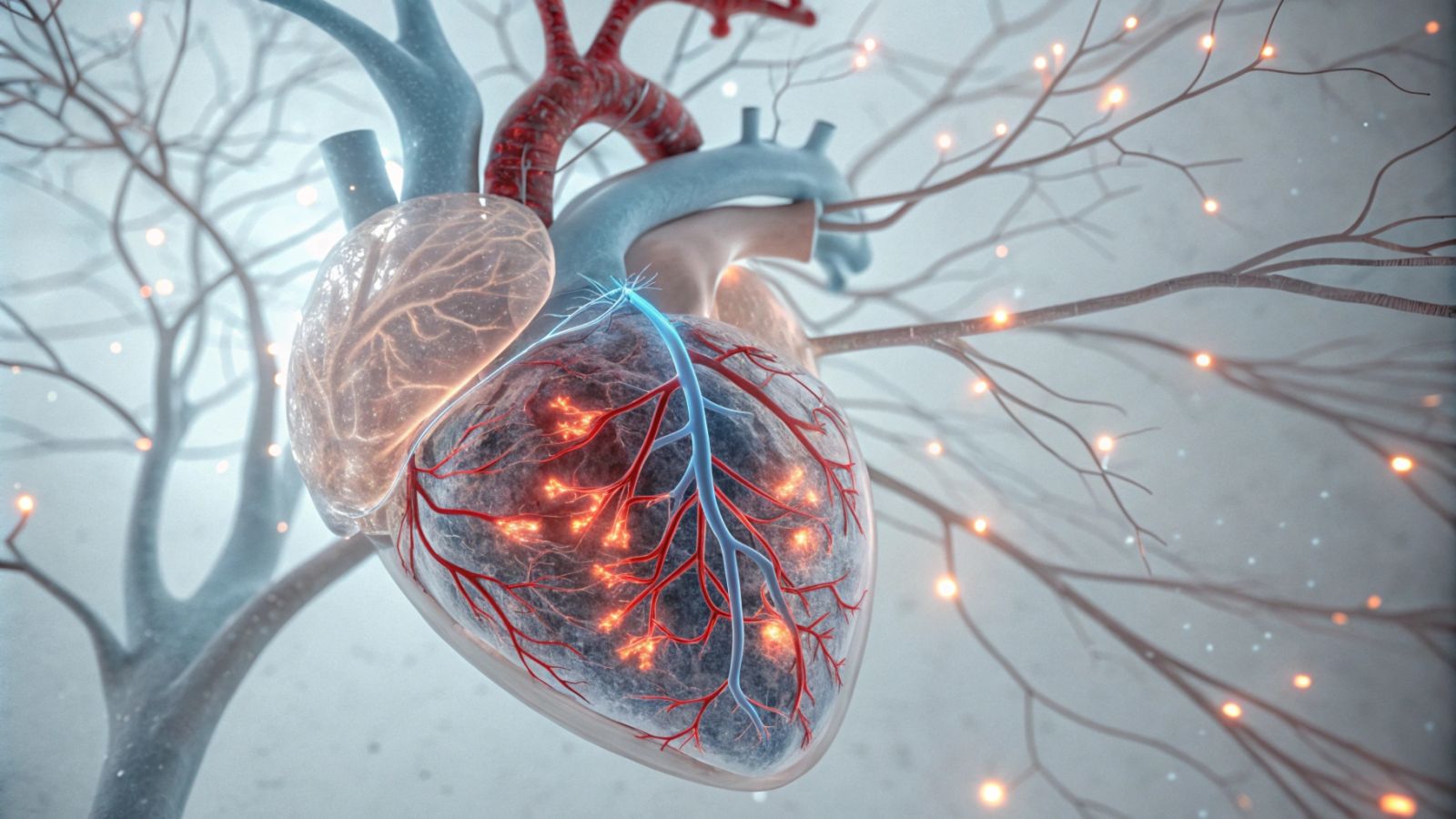Discovery: the heart has its own brain 🧠
Published by Cédric,
Author of the article: Cédric DEPOND
Source: Nature Communications
Other Languages: FR, DE, ES, PT
Author of the article: Cédric DEPOND
Source: Nature Communications
Other Languages: FR, DE, ES, PT
Follow us on Google News (click on ☆)

Traditionally, the heart was thought to react only to signals from the autonomic nervous system. This perspective has been challenged by researchers from the Karolinska Institutet and Columbia University, who have discovered that the heart contains a much more sophisticated internal nervous network. This system appears to regulate certain cardiac functions, including heart rate, without brain intervention.
The scientists explored this intracardiac network using an animal model, the zebrafish. This creature displays characteristics similar to the human heart in both structure and function. The researchers used various techniques to map the neurons in the animal's heart, revealing a complex organization and a diversity of functions.
One type of neuron identified plays a crucial role in maintaining the heart's rhythm. Called the cardiac pacemaker, it is vital for regulating physiological rhythms such as breathing and locomotion. This group of neurons is primarily located at the sinoatrial valve, a key site for the proper functioning of the heart.
Contrary to previous assumptions, the intracardiac nervous system does more than just relay signals. It actively seems to participate in regulating cardiac functions. This discovery challenges the traditional role of the autonomic nervous system in controlling heart rhythm and opens new perspectives on understanding cardiac disorders.
The study suggests that the interaction between this "mini-brain" and the brain itself could play a fundamental role in adapting the heart to physiological changes, such as exercise or stress. Researchers also plan to study how disruptions in this neural network could be responsible for heart diseases, such as arrhythmias.
Another intriguing aspect of this research is the potential to identify new therapeutic targets. A better understanding of the role of the intracardiac nervous system could enable the design of more targeted treatments for heart conditions, particularly in heart rhythm regulation.
Work conducted on the zebrafish is advancing the understanding of cardiac mechanisms, paving the way for discoveries that could influence the treatment of heart diseases. By continuing their research, scientists hope to clarify the precise role of this unique neural network and its interactions with the central nervous system.
This progress in heart research could well overturn current paradigms and provide new solutions for cardiac pathologies. In the long run, it might even lead to a revolution in treating arrhythmias and other heart rhythm disorders.